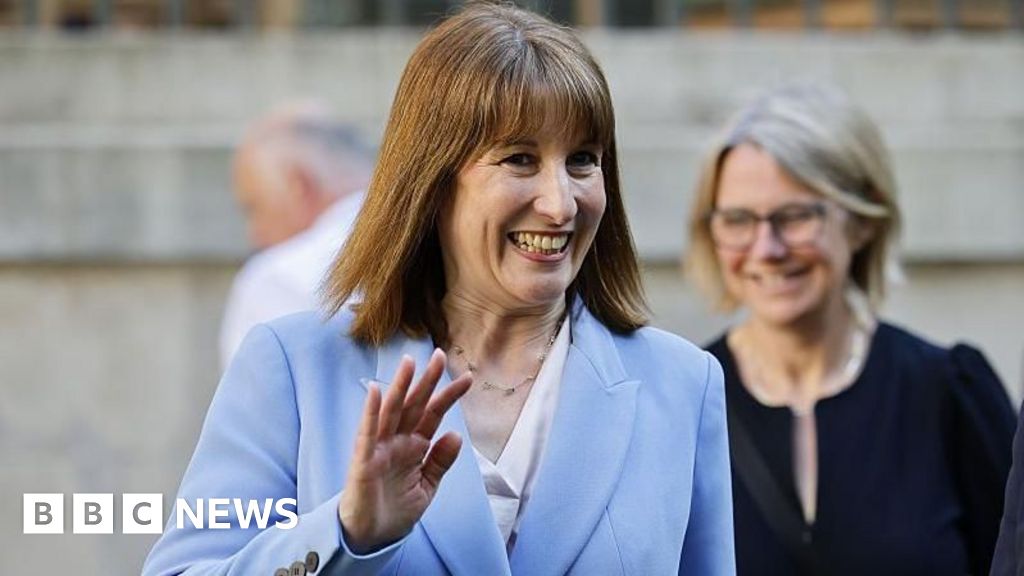Some economists fear the government is borrowing too much, at too great a cost.
Others argue extra borrowing helps the economy grow faster – generating more tax revenue in the long run.
With measures such as a cut in National Insurance announced at the March Budget, the OBR expects borrowing to rise slightly in the next financial year, before remaining in line with previous forecasts.
It would fall below 3% of GDP by 2025-26, meeting one of the financial rules the government has decided to set itself.
But the OBR has previously warned that public debt could soar as the population ages and tax income falls.
In an ageing population, the proportion of people of working age drops, meaning the government takes less in tax while paying out more in pensions.
In its latest forecasts in March, the OBR said debt, measured against the size of the economy, is still set to rise over the next four years, before falling back marginally in the fifth year.
Other economists argue that big economies like the UK could borrow much more than they currently do, and the negative impact is greatly exaggerated.















































